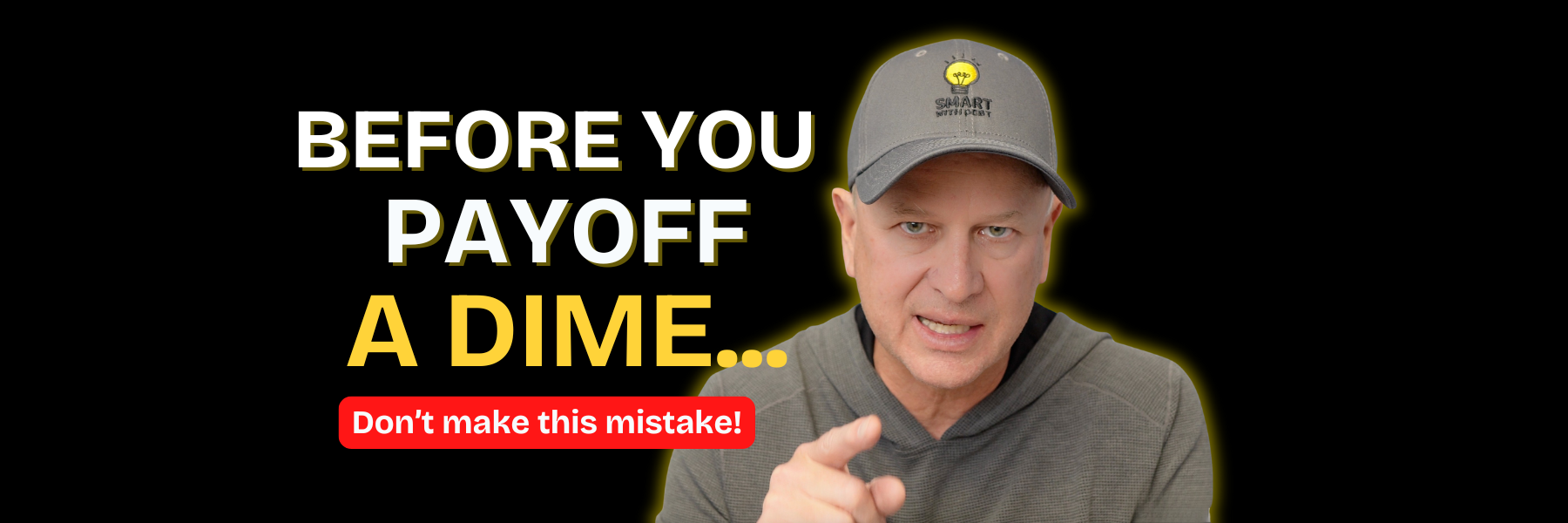Today we are going to demonstrate the battle between your nest egg and high-cost credit card debt. Ever wonder why your savings never seem to grow, but your credit card balance never seems to shrink? That’s the quiet game banks play every single day. They pay you a little interest on your savings while charging you a lot on your debt. It’s like a slow leak in your financial bucket.
At Smart With Debt, we believe you deserve to win that game. Let’s walk through how banks play it, what it costs you, and how to close that gap so you keep more money in your life, not the bank’s.
How Banks Win the Savings vs. Interest Game
Banks are brilliant at what they do. They take your money, pay you a few pennies in interest, and then lend it right back to you at much higher rates.
Think of it like a little Pac-Man game. The bank gives you 5% on your savings, but then charges you 20% on your credit cards. They nibble away at your money until your savings disappear, even though you thought you were doing the right thing by keeping a nest egg.
Meet Bob: A Real Example of How This Works
Let’s make it real.
Imagine Bob.
He has $10,000 in his savings account earning 5% interest. That sounds good, right? The bank will pay him $500 in interest this year.
But Bob also has $10,000 in credit card debt at 20%. That means he’ll pay $2,000 in interest this year.
So while the bank gives Bob $500, they take $2,000 right back. That’s a $1,500 loss in one year — and that’s if Bob doesn’t spend more on his card.
At the end of that year, Bob’s savings are down to about $8,000, and his credit card balance is still $9,500. The gap gets bigger every year.
Year After Year, Your Savings Rust Away
Let’s look at what happens over time.
By year two, Bob’s savings earn less because there’s less left in the account. Meanwhile, his credit card balance barely moves.
By year three, his savings fall to about $4,000, and his debt still sits around $8,500.
By year five, his nest egg is gone, and he still owes over $7,500.
It’s like financial rust. Slowly, quietly, the cost of high-interest debt eats away everything you worked so hard to build.
The Real-Life Lesson
This hits close to home.
Someone in my own family has the same issue, a few thousand dollars in savings earning 1%, and a few thousand in credit card debt at 24%.
Every year, that small gap costs about $480.
If she simply used that savings to pay off the card, and stayed out of debt, she’d be debt-free in two years and have her savings back up.
Instead, she’s been losing that same $480 year after year.
The math is simple, but the habit is hard. The bank makes it feel safer to “keep your savings,” even when it’s costing you more than you realize.
Close the Gap and Keep More Money in Your Life
You can’t win against high-cost debt.
But you can change the game.
Start by paying off your highest-interest cards first.
Then, move any remaining debt into better debt, like a home equity loan or a 0% balance transfer. Every percent you save is money that stays in your life instead of the bank’s.
Remember, the goal isn’t to drain your nest egg. The goal is to stop the slow leak that drains your future.
If you pay off that 24% debt with 5% savings, in just a few years, your savings will be back, and your stress will be gone.
Be smart with your money, not scared of it.
Good debt gives you control. Bad debt gives the bank control.
Final Thoughts
Over our lives, we usually carry more debt than investments. That’s why learning how to manage it wisely is so powerful.
You deserve to put more money in your life and less in the bank’s.
The first step is understanding how this game works, and choosing to win.
Watch our most recent video today!
👉 Ready to start closing your gap?
Learn more at SmartWithDebt.com




